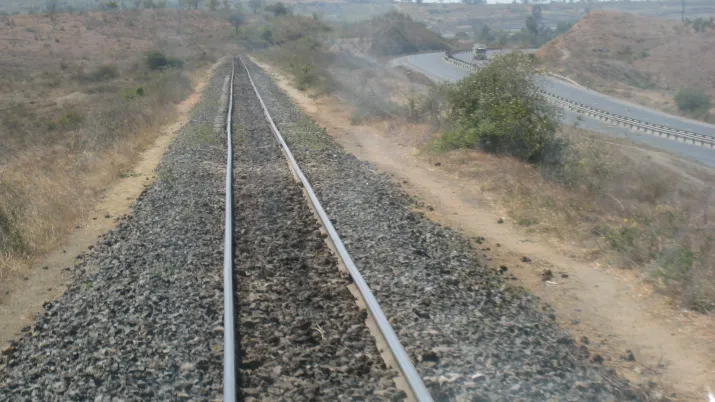News
PE Funds improving corporate governance and investor climate
While fund managers may influence public policy geared towards improving the investing environment, they make a more significant impact by improving portfolio companies' governance standards. This is...
Published on
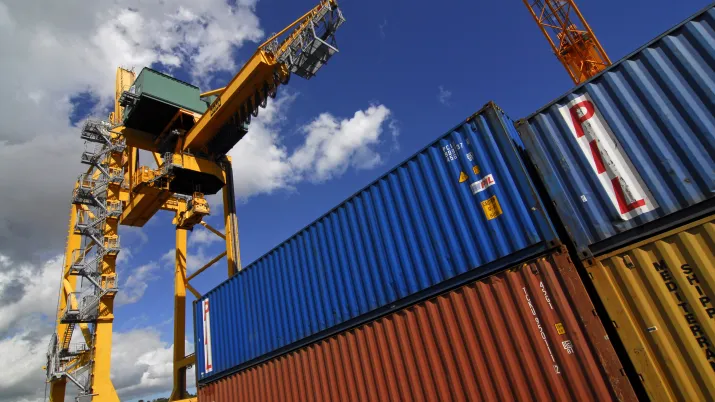
Profitability and development hand in hand
A question frequently asked is whether profitability is the only criterion to be taken into consideration when private equity is evaluated. By itself, profitability is not an adequate basis on which t...
Published on

The next chapter for private equity in sub-Saharan Africa
Private equity is well suited to the continent and is attracting an increasingly diverse spectrum of investors. It is true that its activities remain focused on a few markets, and that concerns remain...
Published on

Traps to avoid, lessons to be learned
What have the millions spent by development agencies on technical assistance actually been used for? What part will technical assistance play in the future? Critical examination of assistance programm...
Published on

Impact assessment of technical assistance projects
It is becoming increasingly necessary to assess the impact of technical assistance projects. But the standard indicators, most of which are based on quantitative measurements, are not necessarily appr...
Published on

European Union support for the private sector
European Union technical assistance is implemented at micro-, meso- and macroeconomic level to encourage growth and benefit different sectors of the population, including the poorest. Programmes aim t...
Published on

Accelerating the expansion of microinsurance
Technical assistance provided by LeapFrog Labs enables microinsurance companies to grow stronger and innovate. This article highlights LeapFrog's investment strategy for microinsurance, describes the...
Published on

Private equity and TA, a winning combination for SMEs
Is it still possible to envisage SME development in Africa without providing technical assistance as well as financial investment? After all, it is thanks to technical assistance programmes that priva...
Published on

Achieving impact through technical assistance
Economic development can be directed into emerging markets by promoting private sector engagement. By providing technical assistance to companies, industries, and governments, development finance inst...
Published on

Combining funding and technical assistance
Development finance institutions sometimes provide their clients with technical assistance to strengthen their capacity in governance, management and financial administration. While the use of public...
Published on
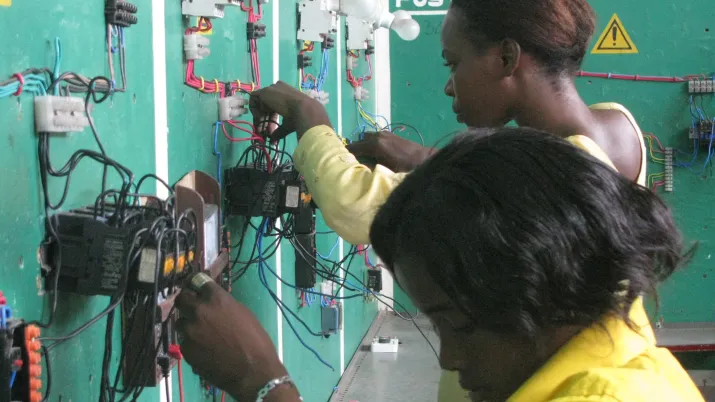
Curb carbon footprint and promote development: a tricky balance
The cement industry is both a driver for economic expansion in developing countries and a large CO2 emitter. What approach should development finance institutions adopt in order to curb the carbon foo...
Published on
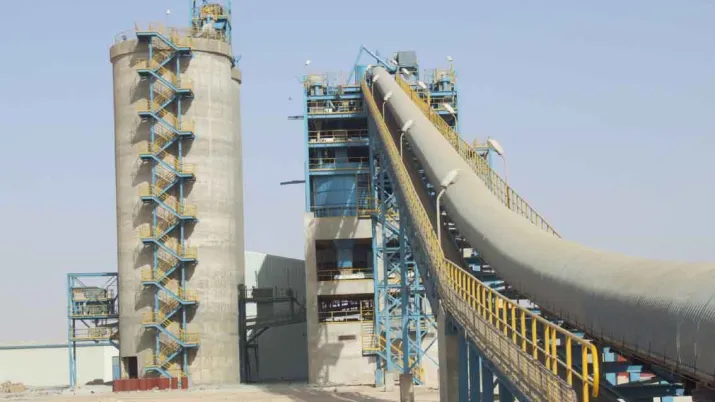
The positive impacts of a responsible cement industry
Growing urbanization creates ever-increasing needs for cement. The cement industry holds some advantages that can allow it to meet this demand, limit its carbon footprint and participate in the develo...
Published on
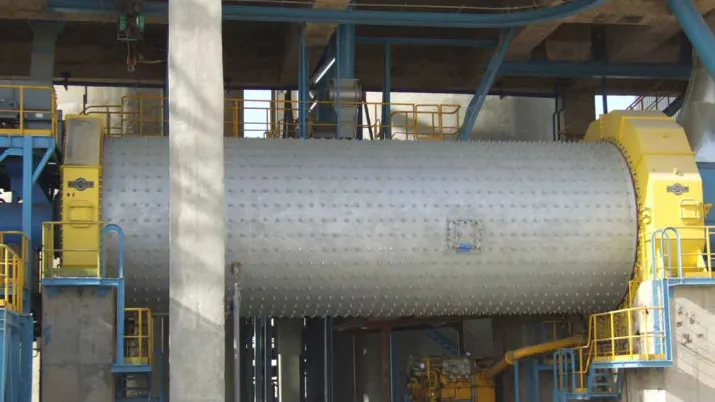
Earthen construction, an additional way to house the planet
Building locally using earth could be one solution to the construction needs of the world's population. Raw earth is available in many places on the planet and answers the major contemporary ecologica...
Published on

Reducing cement's CO2 footprint
The manufacturing process for Portland cement causes high levels of greenhouse gas emissions. However, environmental impacts can be reduced by using more energy-efficient kilns and replacing fossil en...
Published on
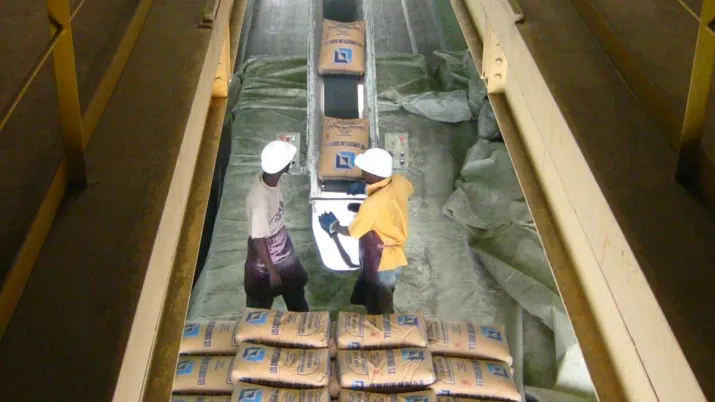
Financing cement achieves sustainable development
Cement production plays an important role in the development of a country, but it is also energy-guzzling and polluting. EIB has implemented selection criteria that promote environmental and social re...
Published on

Concrete, a solution for sustainable construction
Concrete is being revolutionized in order to contribute to the immense transformation that needs to take place in the construction world, which is a high emitter of CO2. When we consider the global en...
Published on
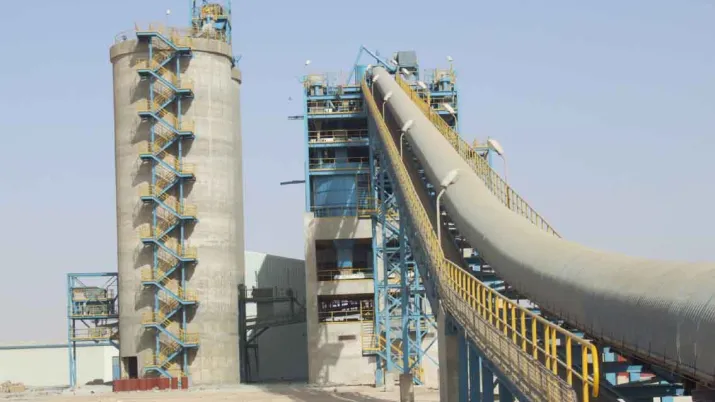
Cementing the foundations of growth
The cement sector is evolving rapidly. Consumption is increasing, boosted by demand from emerging countries; consolidation is being scaled up almost everywhere. Production continues to be mainly local...
Published on

Mixed results for private sector participation in Africa's railways
Africa's railways face competition from roads and need to be modernized. Their diversity means that reforms must be conducted on a case-by-case basis; private participation can also take a variety of...
Published on

African railway concessions, a step forward but not the whole answer
Railway concessions in Africa may present significant difficulties but they do often improve economic results and service quality. If they are to be effective, African concessions must be based on joi...
Published on

The paradox of the Djibouti-Ethiopia railway concession failure
The Djibouti to Ethiopia railway line concession ended in failure despite the fact that the rehabilitation project was considered viable and that it was also fully coherent from a political and econom...
Published on
